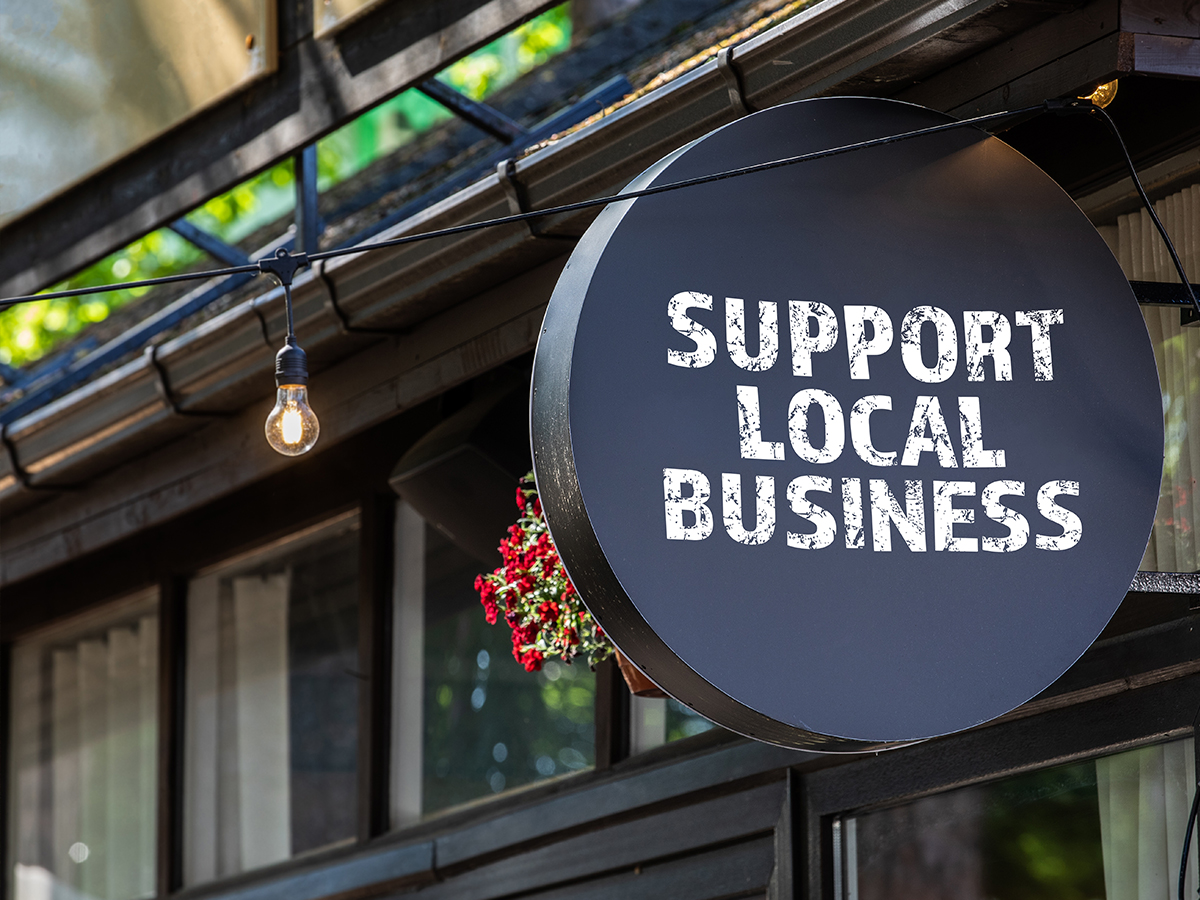The season’s buzzword is Deglobalisation: the art of reclaiming economic, political, and cultural sovereignty from global entanglements. Consider it a fierce, yet necessary, shift towards putting your backyard first.
It gained traction after the 2008 financial calamity and the ensuing recession, where its proponents questioned the benefits of relinquishing control over their economies to foreign forces. Covid-19 accelerated and exacerbated the process of deglobalisation, highlighting the vulnerability of complex, globalised supply networks.
The deglobalisation movement provides an opportunity for nations to revive their dormant local industries, foster self sufficiency, and help restore public faith in their government’s economic policies.
Governments across the globe have implemented various protectionist measures to safeguard their domestic economies and address supply chain vulnerabilities. These measures include export restrictions and prioritising domestic production for critical items. Such actions have been driven by the desire to ensure access to necessary goods and protect national interests, contributing to a more protectionist environment.
This shift to localisation has been particularly pronounced in the manufacturing sector, where companies seek to regionalise their operations and build strategic alliances. These strategies often involve relocating production facilities closer to consumers, forming collaborations with local suppliers,
and investing in new infrastructure. While this will help reduce supply chain complexity and increase responsiveness, it will likely lead to higher costs as firms pay for relocation, training, and additional resources. Localisation could result in reduced economies of scale and higher consumer prices.
In response to this, governments and businesses alike have been investing in new technologies, processes, and resources that can help local manufacturers meet the changing needs of consumers. This includes digitisation projects and investments in AI-driven automation and robotics solutions. These efforts will likely result in a more efficient production process that will provide a competitive edge to local companies.
At the same time, local governments are investing in initiatives to help businesses operate sustainably and provide better working conditions. This includes incentivising companies that use renewable energy sources or invest in environmental conservation projects. In addition, there is a focus on creating a more diverse workforce, which could create new opportunities for small businesses and entrepreneurs.
In Australia and New Zealand, these efforts have included targeted support for specific industries, financial assistance for investments in new technologies, and initiatives to enhance the competitiveness and profitability of local manufacturers.
New Zealand currently maintains a tariff schedule that imposes import duties on certain goods, including those in the manufacturing sector. These tariffs aim to provide a level of protection to domestic industries by making imported products relatively more expensive.
It has also implemented procurement policies that prioritise local suppliers for government contracts. This helps support local manufacturing by giving domestic businesses an advantage when competing for government tenders.
The Australian government provides targeted support to specific industries to assist industries in transition, foster innovation, and support local manufacturing capabilities. It has also established the Manufacturing Modernisation Fund, which provides financial support to manufacturers for investing in new technologies, processes, and equipment. This fund aims to improve productivity and competitiveness and adopt advanced manufacturing techniques.
Both governments provide grants and funding programmes to support research and development activities in various sectors, including manufacturing. Local governments are also encouraging businesses to invest in skills development and training. This will help employers and employees stay ahead of the curve in a rapidly changing world. With these initiatives in place, businesses can become more resilient and competitive while creating a better environment for everyone. Overall, these initiatives are helping to create a healthier business environment for manufacturers in both countries.
They also allow for better opportunities and growth in the sector regarding job creation and further investment.
Governments must master the art of juggling to create a thriving economy. They must champion domestic production, shield consumer welfare and foster innovation and competition. It is tough to balance these demands, but it is achievable with well-defined policies that open markets and reward enterprise.
So why wait? Let’s encourage governments, industry leaders, and business owners to think and act differently. Support our local manufacturers and foster a healthier vision for our future.

Mick Rowan has spent the past decade building printIQ into one of the most recognised software brands in the printing industry, and with over four decades of experience, Mick truly has ink in his veins.


